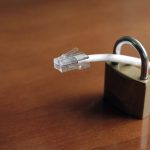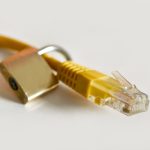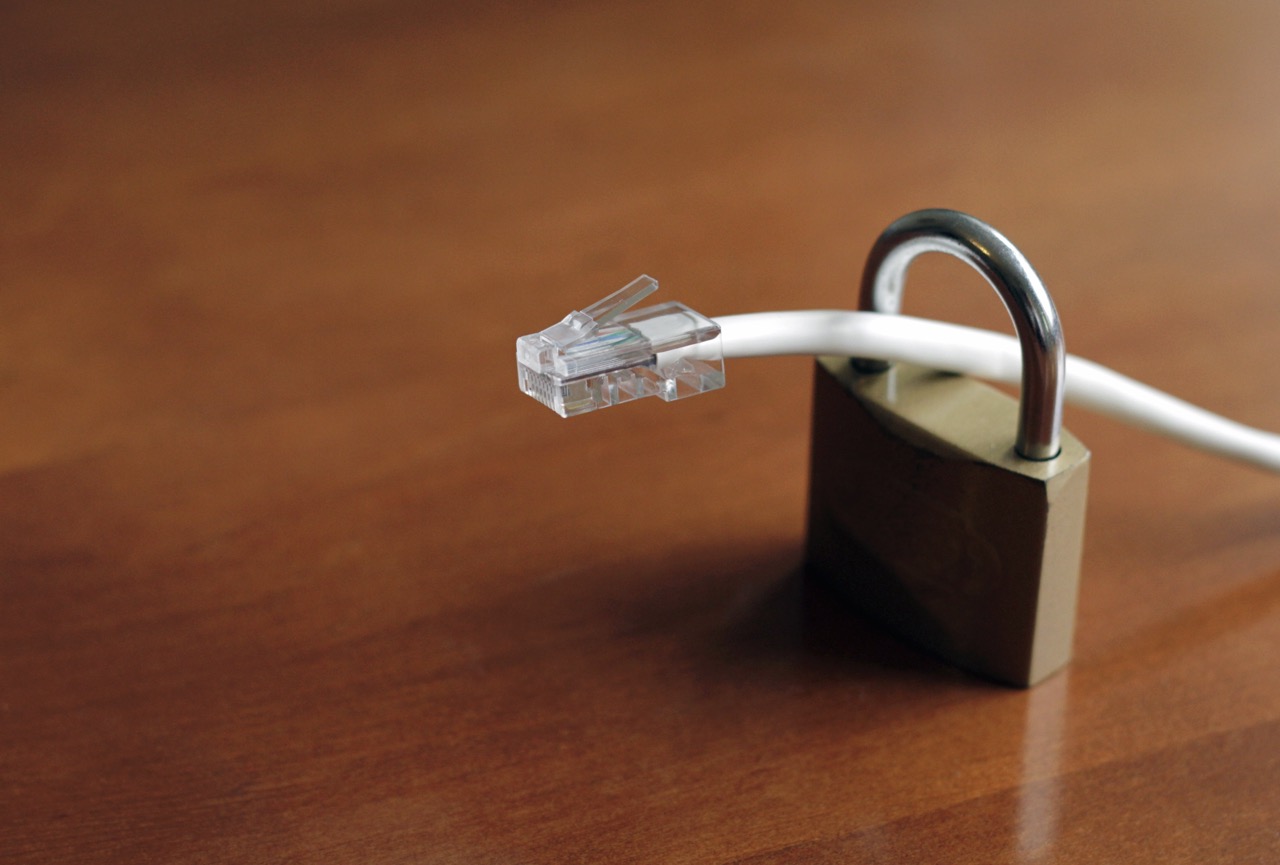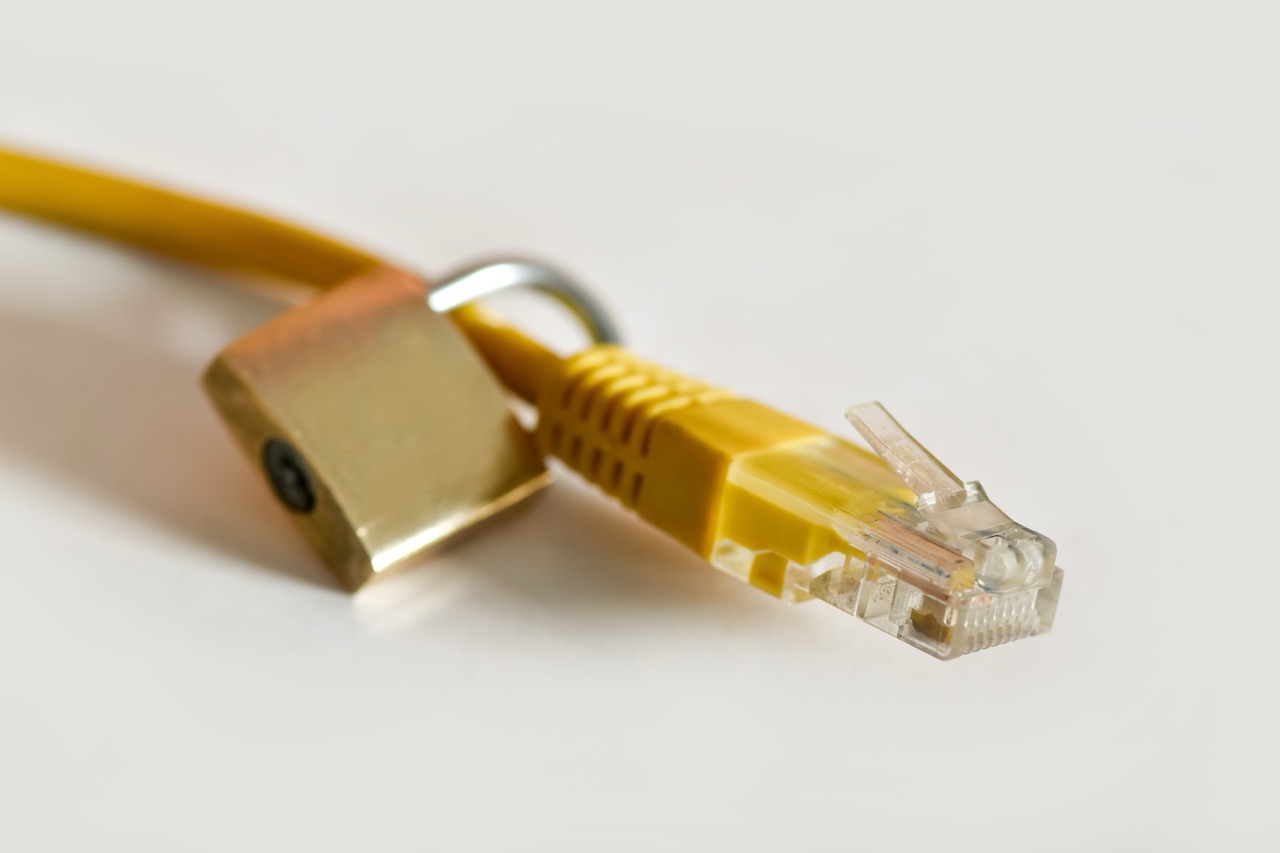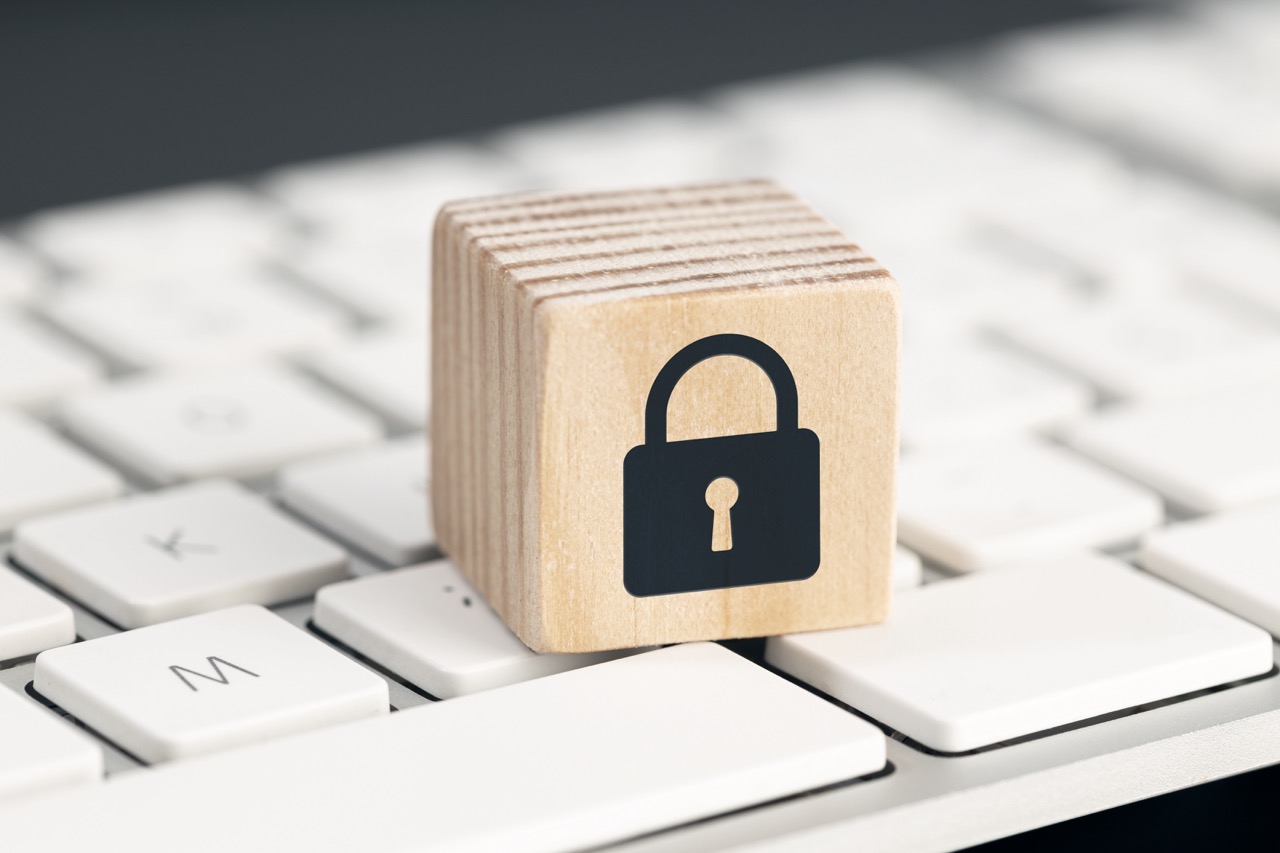In an increasingly interconnected world, the need for robust cybersecurity measures has never been more critical. Virtual Private Networks (VPNs) and Two-Factor Authentication (2FA) are two cornerstone technologies that help secure sensitive data and communications. While VPNs create a secure tunnel for data to traverse the internet, 2FA adds an additional layer of verification to ensure that the person accessing this data is indeed authorized to do so. This article explores the intricate relationship between VPNs and 2FA, highlighting how they complement each other to fortify security in remote access scenarios.
Understanding the Basics of VPNs and Two-Factor Authentication
A Virtual Private Network (VPN) is a technology that creates a secure connection over a less secure network, such as the Internet. By encrypting the data transmitted between the user’s device and the VPN server, it shields sensitive information from potential eavesdroppers. Organizations often utilize VPNs to enable employees to access company resources securely while working remotely. This technology is essential for maintaining confidentiality and integrity of data, especially in an era characterized by rampant cyber threats.
Two-Factor Authentication (2FA), on the other hand, is a security mechanism that requires users to provide two distinct forms of identification before gaining access to a system. This typically involves something the user knows (like a password) and something the user possesses (such as a mobile device or hardware token). The implementation of 2FA dramatically reduces the likelihood of unauthorized access, as it adds another hurdle for potential attackers to overcome. By requiring multiple verification steps, organizations can better safeguard sensitive information from breaches.
Both VPNs and 2FA are critical components of an organization’s cybersecurity strategy. Each serves a unique purpose in protecting data and resources from unauthorized access. While VPNs focus on securing data in transit, 2FA concentrates on authenticating the user. When utilized together, these technologies provide a more comprehensive security solution, enhancing protection against various cyber threats.
How VPNs Enhance Security in Remote Access Scenarios
VPNs are particularly valuable in remote access scenarios, allowing employees to connect to company networks securely from anywhere in the world. By establishing an encrypted tunnel, VPNs prevent malicious actors from intercepting data packets that traverse the internet. This is especially crucial for employees working from public Wi-Fi networks, where data is vulnerable to interception and attacks.
Moreover, VPNs can conceal a user’s IP address, providing an additional layer of anonymity. This not only helps in safeguarding user privacy but also makes it more challenging for cybercriminals to execute targeted attacks. Organizations can also implement strict access controls through VPNs, ensuring that only authorized users can connect to the network and access sensitive information.
The capability to bypass geographic restrictions is another advantage of VPNs. Employees can connect to a VPN server located in the organization’s home country, enabling access to resources that may be restricted based on geographic location. This functionality is vital for global organizations that require consistent access to internal systems regardless of the employee’s physical location.
The Role of Two-Factor Authentication in Securing VPNs
Integrating Two-Factor Authentication into VPN access protocols significantly bolsters security. With 2FA, even if a user’s primary credentials (username and password) are compromised, the attacker would still require the second factor to gain access. This additional layer of protection is particularly significant in a landscape where phishing attacks and credential theft are prevalent.
Many VPN providers now offer built-in 2FA options. Users can opt for methods such as time-based one-time passwords (TOTP), push notifications through mobile apps, or SMS-based verification codes. These methods not only enhance security but also provide a user-friendly experience, ensuring that legitimate users can easily access their resources without undue complexity.
Furthermore, organizations can customize their 2FA protocols to meet specific security requirements. For instance, they can mandate more stringent authentication methods for accessing high-sensitivity data or systems. This flexibility allows organizations to tailor their security measures according to the varying risk levels associated with different types of data and user roles.
Comparing VPN Security Features with 2FA Mechanisms
While both VPNs and 2FA contribute significantly to cybersecurity, they do have distinct security features. VPNs primarily focus on encrypting data in transit. They employ protocols such as OpenVPN, L2TP/IPsec, and IKEv2 to create secure connections, ensuring that data cannot be easily intercepted or accessed by unauthorized entities. This makes VPNs especially important for protecting data integrity and confidentiality.
In contrast, 2FA mechanisms focus on user verification rather than data encryption. The effectiveness of 2FA relies on the second authentication factor, which drastically reduces the risk of unauthorized access, even if the password is compromised. The most common forms of 2FA include SMS codes, authenticator apps, and biometric data, each offering varying levels of security and user experience.
When comparing the two, it is essential to note that while VPNs protect data being transmitted, 2FA safeguards the entry point to the network or application. Therefore, employing both technologies in tandem creates a layered security approach. This not only enhances the overall security posture but also mitigates risks associated with human error and malicious attacks on user credentials.
Best Practices for Integrating VPNs with Two-Factor Authentication
To maximize the security benefits of integrating VPNs with 2FA, organizations should adopt several best practices. First, they should choose a VPN provider that supports robust 2FA options. This ensures that all users accessing the VPN are required to authenticate through multiple factors, significantly reducing the risk of unauthorized access.
Next, organizations should implement clear policies and training for users regarding the use of 2FA. Educating employees about the importance of 2FA and how to utilize it effectively can lead to higher compliance rates and more robust security practices. Regular reminders and updates should also be provided to keep users informed about any changes in the authentication process.
Lastly, organizations should routinely assess the effectiveness of their VPN and 2FA integration. This involves conducting security audits, penetration testing, and reviewing access logs to identify any anomalies. By continuously monitoring and updating security protocols, organizations can ensure that they maintain a strong defense against emerging cyber threats.
Future Trends: VPNs and 2FA in the Evolving Cyber Landscape
As the cyber landscape continues to evolve, so too will the technologies surrounding VPNs and 2FA. One emerging trend is the increased integration of Artificial Intelligence (AI) and Machine Learning (ML) into both VPN and 2FA systems. These technologies can enhance threat detection and enable real-time responses to suspicious activities, making it easier for organizations to mitigate potential breaches before they occur.
Moreover, the rise of remote work has prompted many organizations to seek more adaptable and user-friendly VPN solutions. Future VPN services may incorporate more seamless integration with 2FA, streamlining the user experience while maintaining rigorous security standards. This could involve innovations such as biometric authentication and the use of behavioral analytics to further validate user identity.
Lastly, with the growing prevalence of IoT devices, organizations will need to consider the unique vulnerabilities these devices present. Future VPN and 2FA solutions will likely evolve to address these challenges, ensuring that all endpoints—whether traditional computers or IoT devices—are adequately protected against unauthorized access and data breaches.
The integration of VPNs and Two-Factor Authentication presents a formidable defense against the myriad cyber threats faced by organizations today. By understanding the individual strengths of each technology and implementing best practices for their use, organizations can create a robust security framework. As both technologies evolve to meet the demands of an ever-changing cyber landscape, their combined use will remain a critical strategy for protecting sensitive data and maintaining trust in digital communications.
